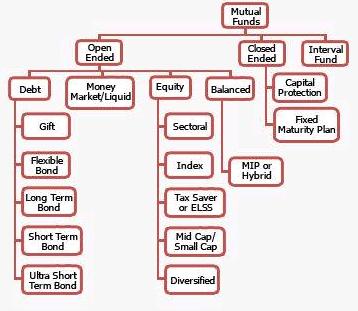Funds are permitted to invest in businesses through a range of instruments such as equity shares, convertible preference shares, convertible debentures, senior debt, subordinate debt or other forms of mezzanine debt.
Specific funds have their preferred investment structures. It also depends on the industry and investment situation. For instance, LBO structures tend to have high elements of debt, in particular subordinate debt. Same is the case with capital intensive sectors such as real estate and infrastructure.
Debentures can be structured with “put” options that enable the fund to exit if the investee company does not meet specific milestones. These put options could be offered by the company or the promoters. Similarly, the issuing company can have a “call” option to call back the debentures from the fund – effectively, allowing the issuer to treat even investment in the form of convertible debentures, as a debt. Indian regulaters have however come out against such options being offered with respect to investment by non-resident investors. If it is not compulsorily convertible, they want the investment to comply with the country’s External Commercial Borrowings (ECB) policy.
The benefit of preference shares over debentures is that they do not impose a regular interest burden on the issuing company. Preference shares are serviced in the form of dividend, which is payable only if the issuing company earns profits. This is of specific significance for capital-intensive long-gestation projects. The fund’s revenue concerns can be taken care of by structuring them as cumulative preference shares. Thus, when the issuing company becomes profitable, it will have to pay dividend for earlier years when dividend was not declared on account of inadequate profits.












